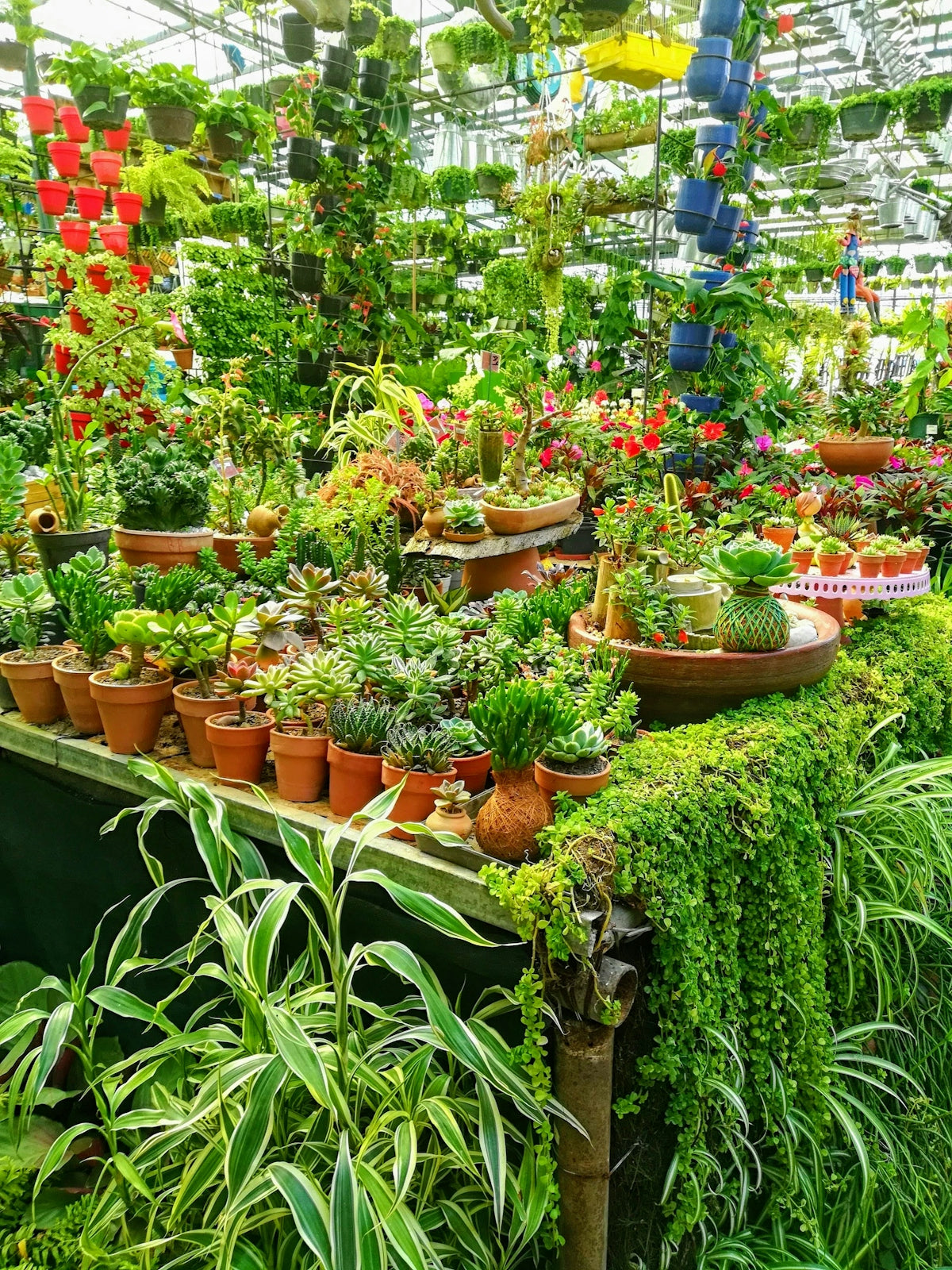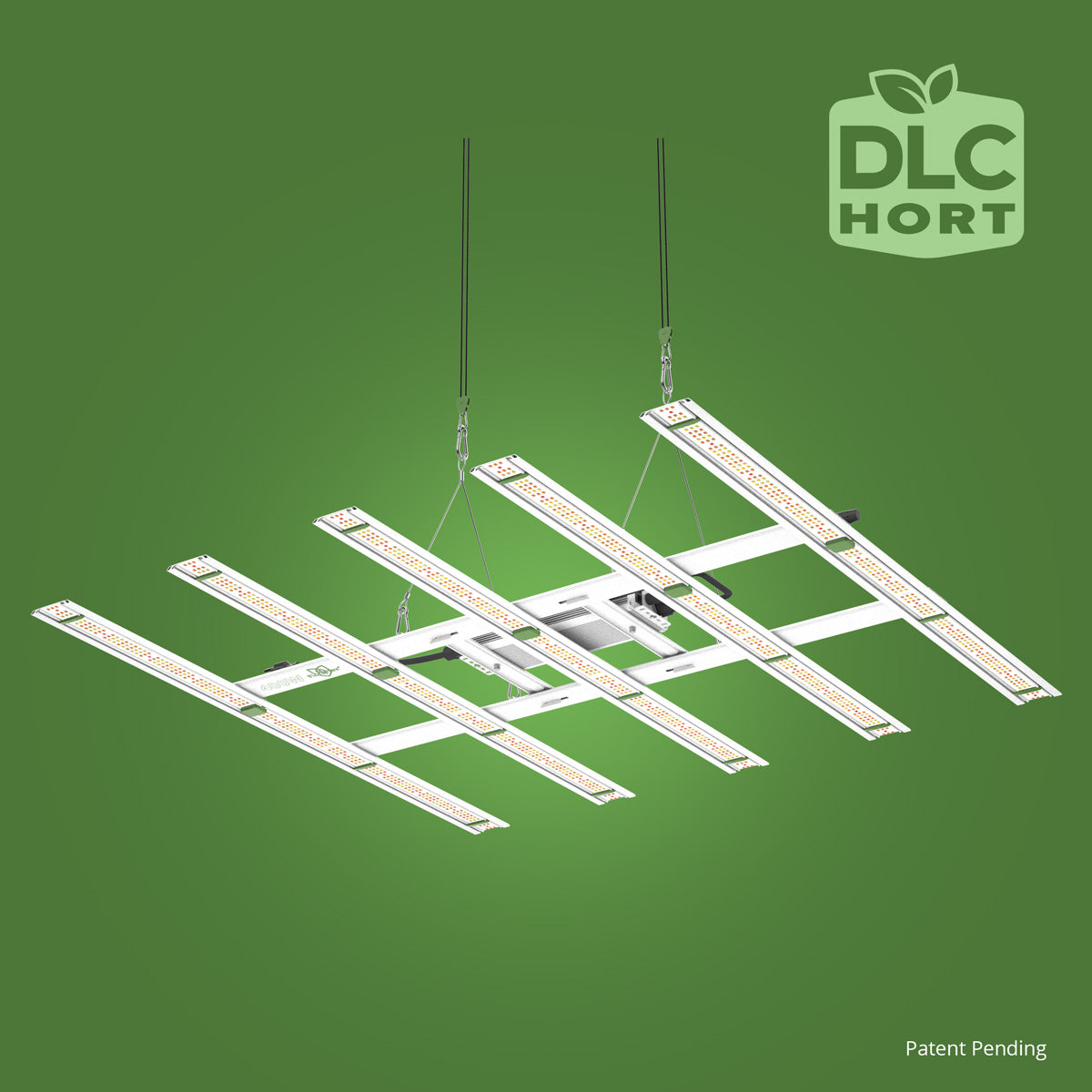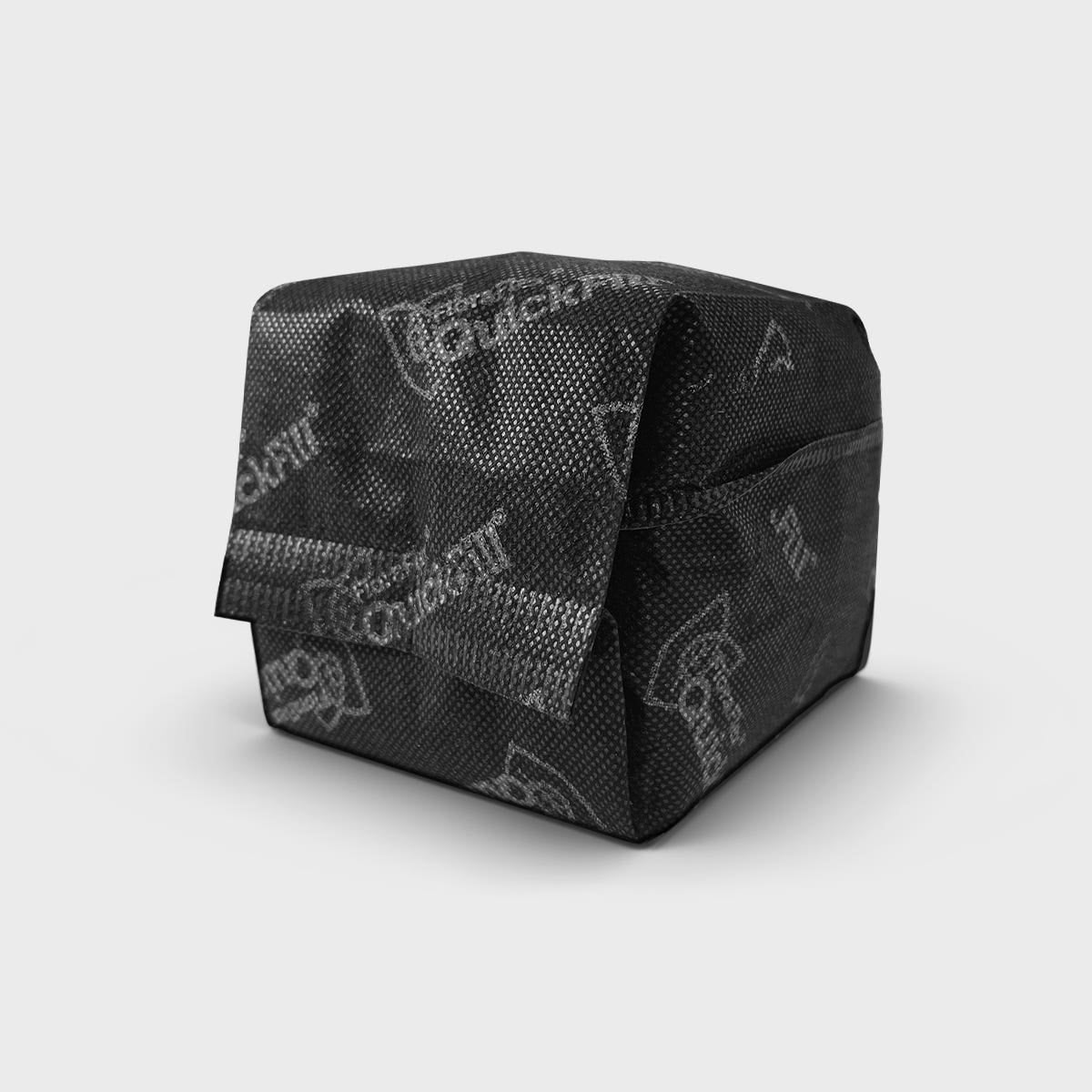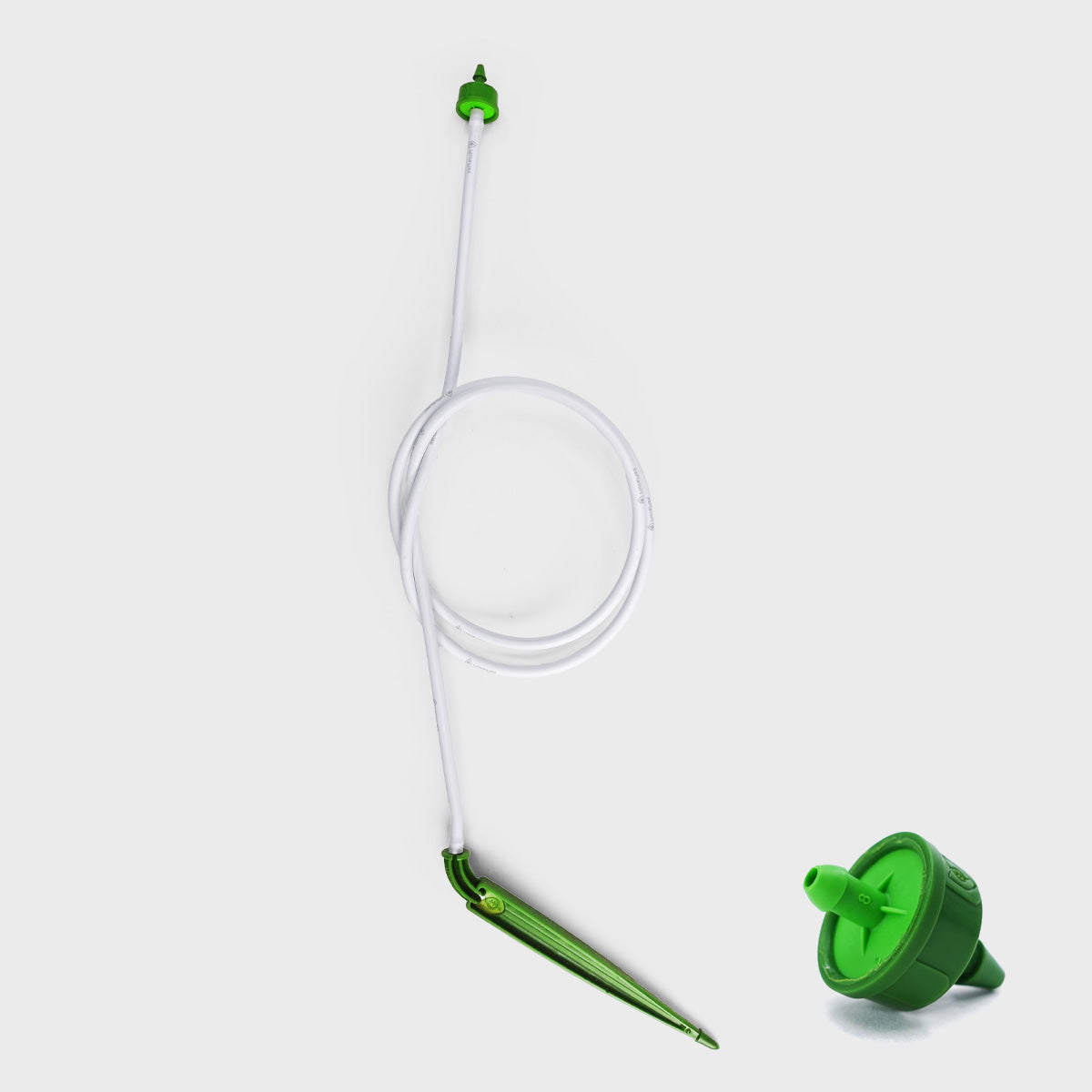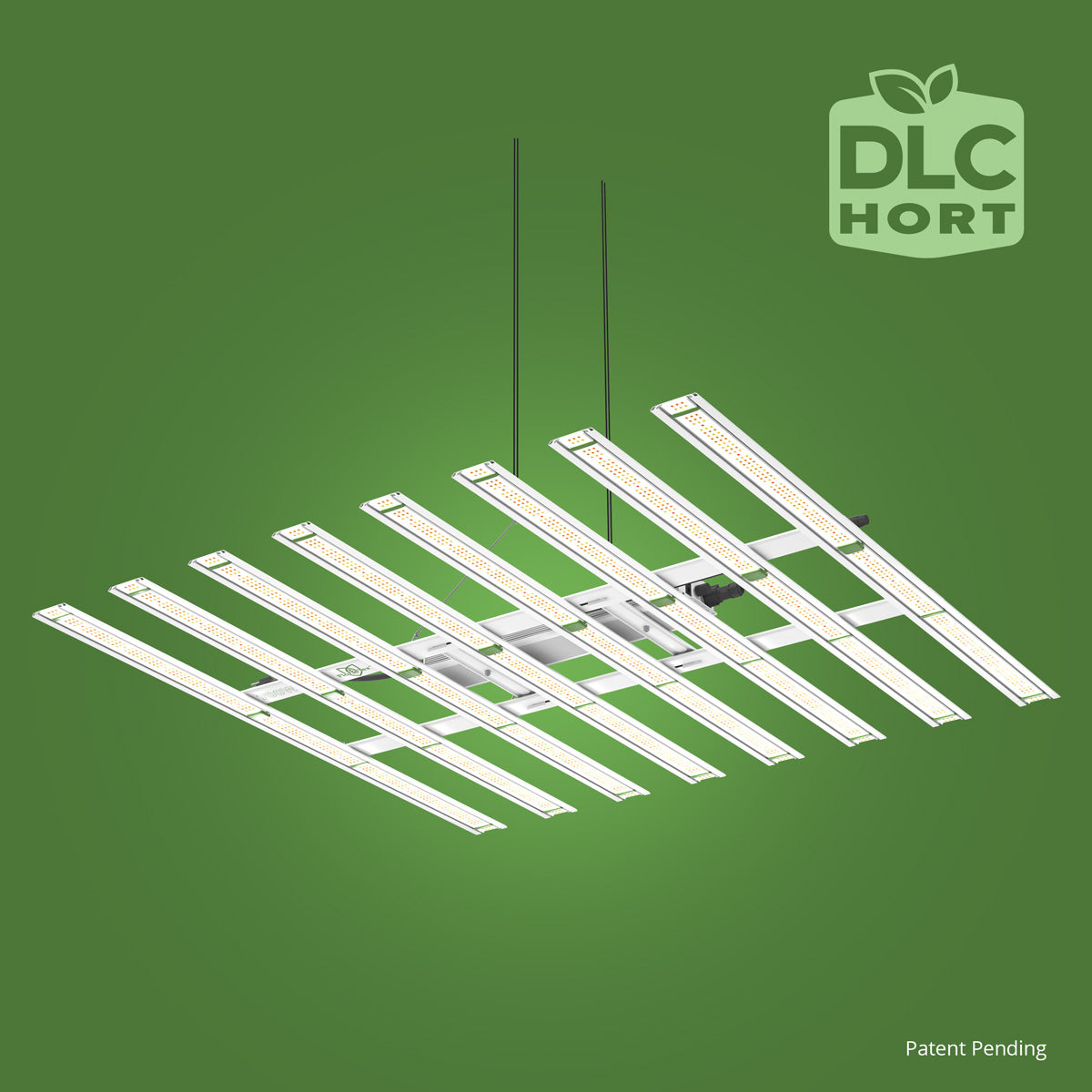In recent years, the topic of sustainable agriculture has gained prominence, leading to increased awareness about the impact of our horticultural practices on the environment. Among the innovations aiming to reduce the carbon footprint of agriculture, LED grow lights have emerged as a game-changer. By switching to LED technology, growers can not only optimize plant health and yield but also contribute positively to the planet. Let's explore the environmental benefits of transitioning to LED grow lighting solutions.
Energy Efficiency
One of the primary advantages of LED grow lights is their energy efficiency. Traditional lighting methods, such as high-pressure sodium (HPS) or metal halide lamps, consume substantial amounts of energy, leading to higher electricity bills and increased carbon emissions. LED grow lights, such as the Patent Pending 400W Full Spectrum LED Grow Light with Custom Diodes, significantly reduce energy consumption by converting more electricity into usable light, minimizing wasted heat.
Longer Lifespan
LED grow lights offer an impressive lifespan compared to conventional lighting options. Their durability means that fewer resources are required for manufacturing and disposing of lights over time. For instance, the Patent Pending 900W Full Spectrum LED Grow Light with Custom Diodes is designed to last, decreasing the frequency of replacements and the associated environmental impact of production waste and disposal.
Reduced Heat Emission
Excessive heat from traditional grow lights can negatively affect plant health and requires additional resources for temperature control, often involving cooling systems that consume extra energy. LED grow lights produce significantly less heat, contributing to a more stable growing environment without the need for extensive cooling. This efficiency results in reduced energy usage and a lower carbon footprint.
Precision in Light Spectrum
LED technology has advanced to offer tailored spectrums for optimal plant growth. Customized light spectrums ensure that plants receive the specific wavelengths they need for photosynthesis and development, leading to healthier plants and higher yields. Products like the FloraFlex Master Lighting Controller 2 allow growers to precisely control the light environment, ensuring that energy is not wasted on unnecessary wavelengths.
Conclusion
Switching to LED grow lights presents a sustainable approach to modern horticulture. These lights not only help reduce energy consumption and extend the lifespan of lighting systems but also contribute to a more stable growing environment with reduced waste and heat. As our world becomes increasingly focused on sustainability, the adoption of LED grow lighting stands as a responsible choice for a greener future.
For more innovative growing solutions, visit FloraFlex.

